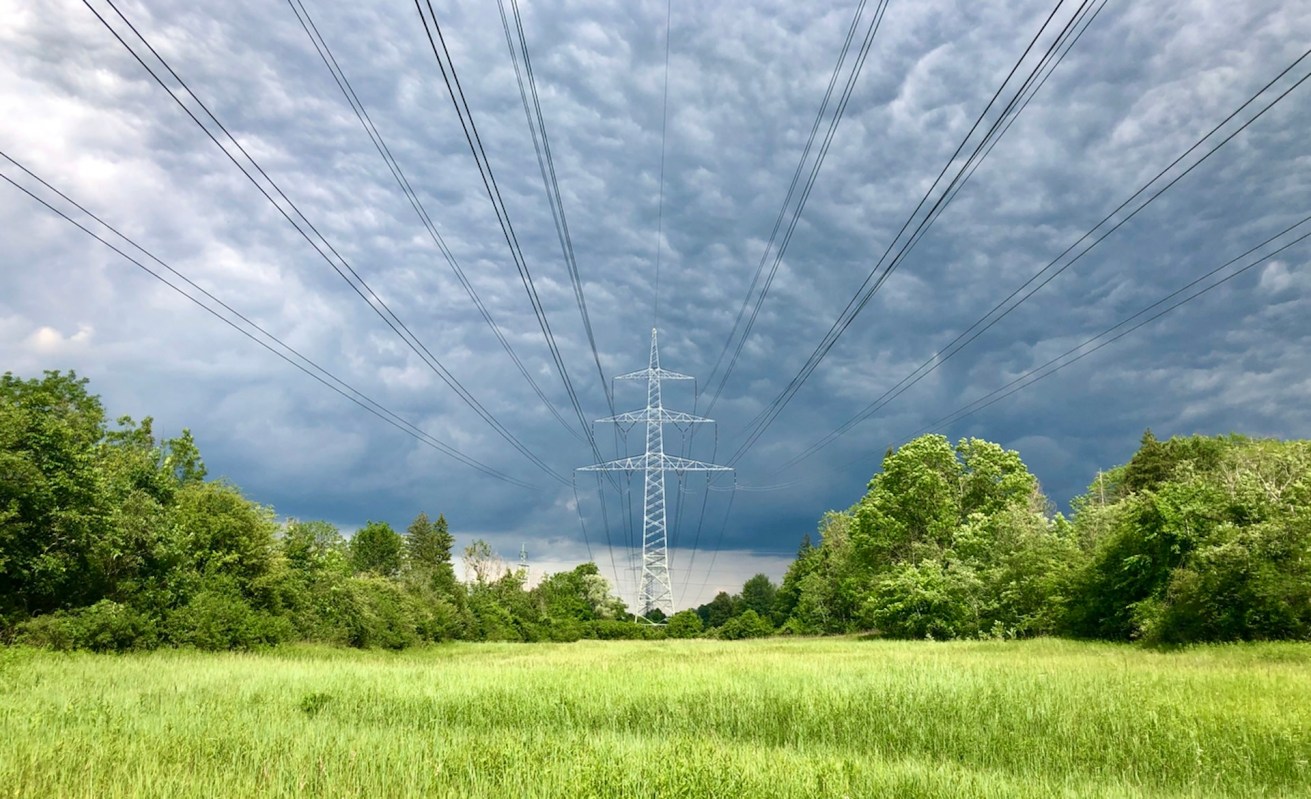Germany made major strides in clean power in 2023, with renewables accounting for 55% of the energy on its power grids.
This helps Europe's largest economy move one step closer to its goal of 80% green energy by 2030, Reuters reports.
Offshore wind accounted for 31.1% of Germany's renewables, with solar at 12.1% and biomass at 8.4%. The remaining shares came from hydropower and other sources.
Germany's renewables accounted for 46% of grid space in 2022 — the 2023 gains were made possible by a decrease in overall electricity consumption and an increase in renewables production, according to Clean Energy Wire.
A recent report shows that dirty energy sources like coal and gas have peaked in popularity while clean power is on the rise. As evidence of that, wind-generated electricity is on course to surpass coal generation in the U.S., potentially by 2026, per Reuters.
This is good news for the planet because dirty energy sources account for more than 75% of all planet-warming pollution, according to the United Nations.
You can get on board with the green energy revolution now — while about 73% of homes have access to clean energy programs, only 14% of people are aware of these programs, according to the Green Neighbor Challenge. This nonprofit offers a free online tool to help people find local clean energy options. All you need to do is enter your zip code.
"We have broken the 50% mark for renewables for the first time," Economy Minister Robert Habeck said in a press release, as reported by Reuters. "Our measures to simplify planning and approvals are starting to take effect."
Meanwhile, the country is headed for record employment in the renewables industry. In 2022, 387,000 Germans were employed in renewables sectors, up from 309,000 in 2019, according to the Euractiv platform.
"The expansion of renewable energies also secures jobs in Germany and creates new ones," Habeck said, per Euractiv.
TCD Picks » Upway Spotlight

Join our free newsletter for cool news and actionable info that makes it easy to help yourself while helping the planet.














